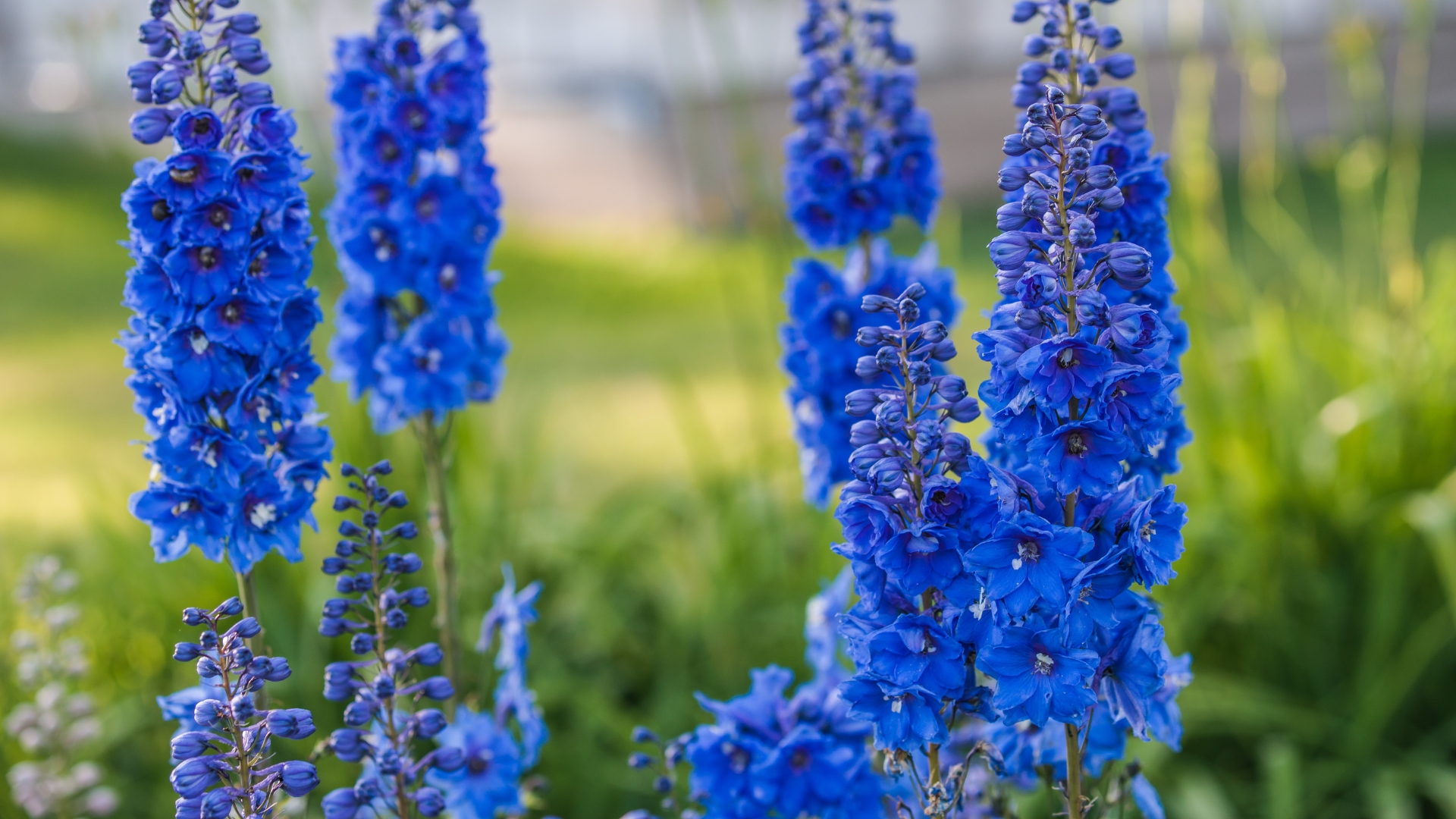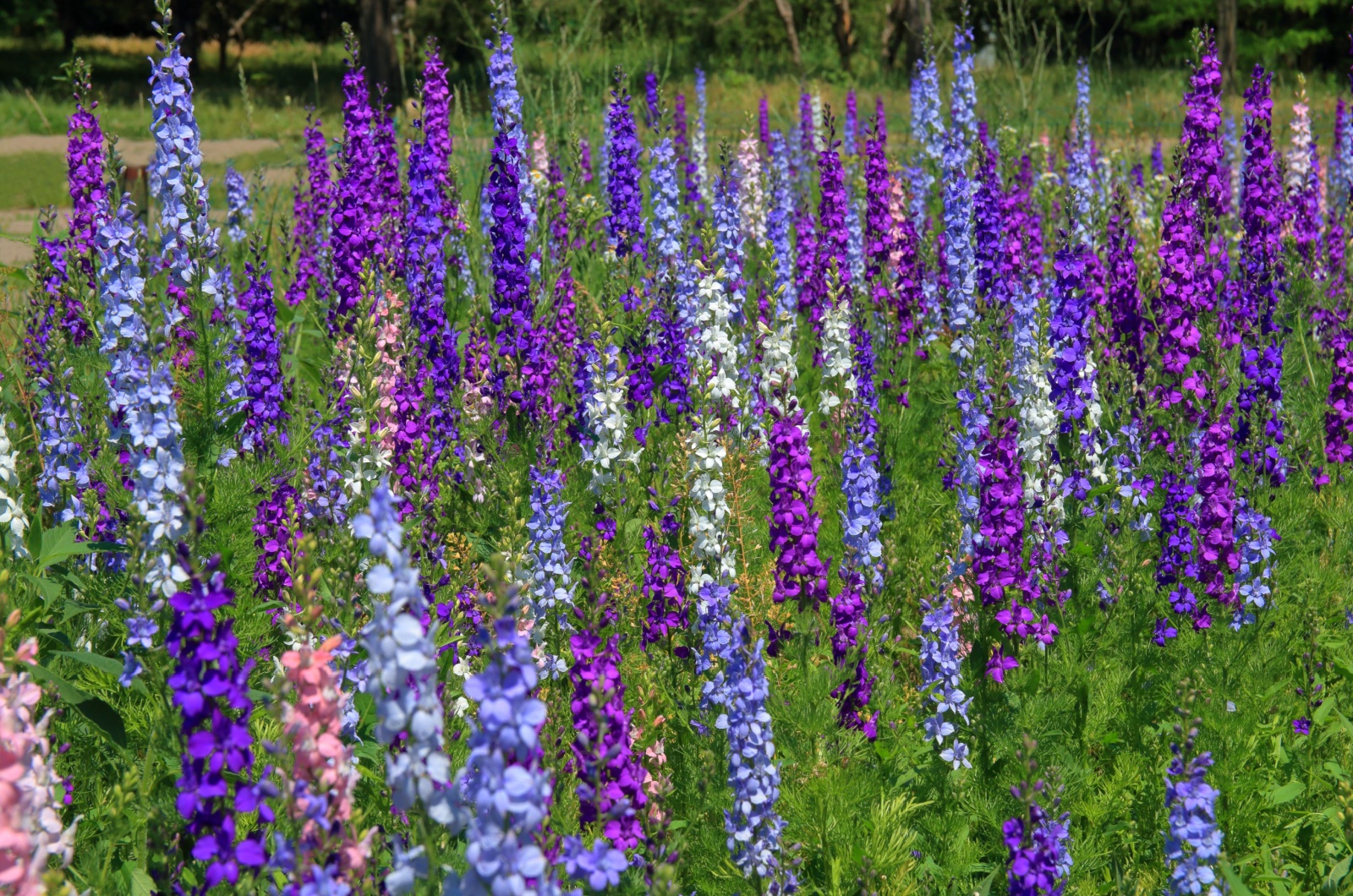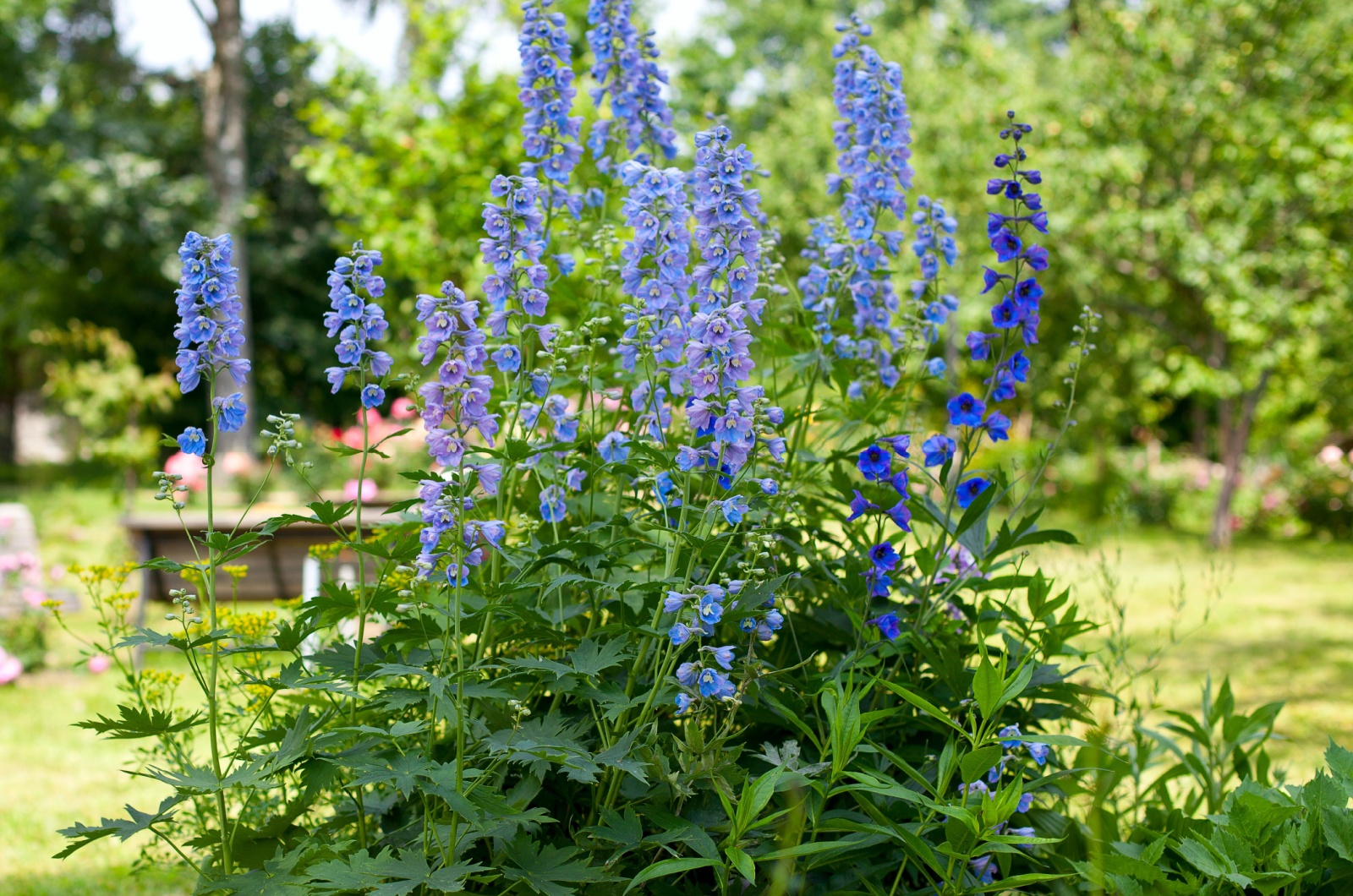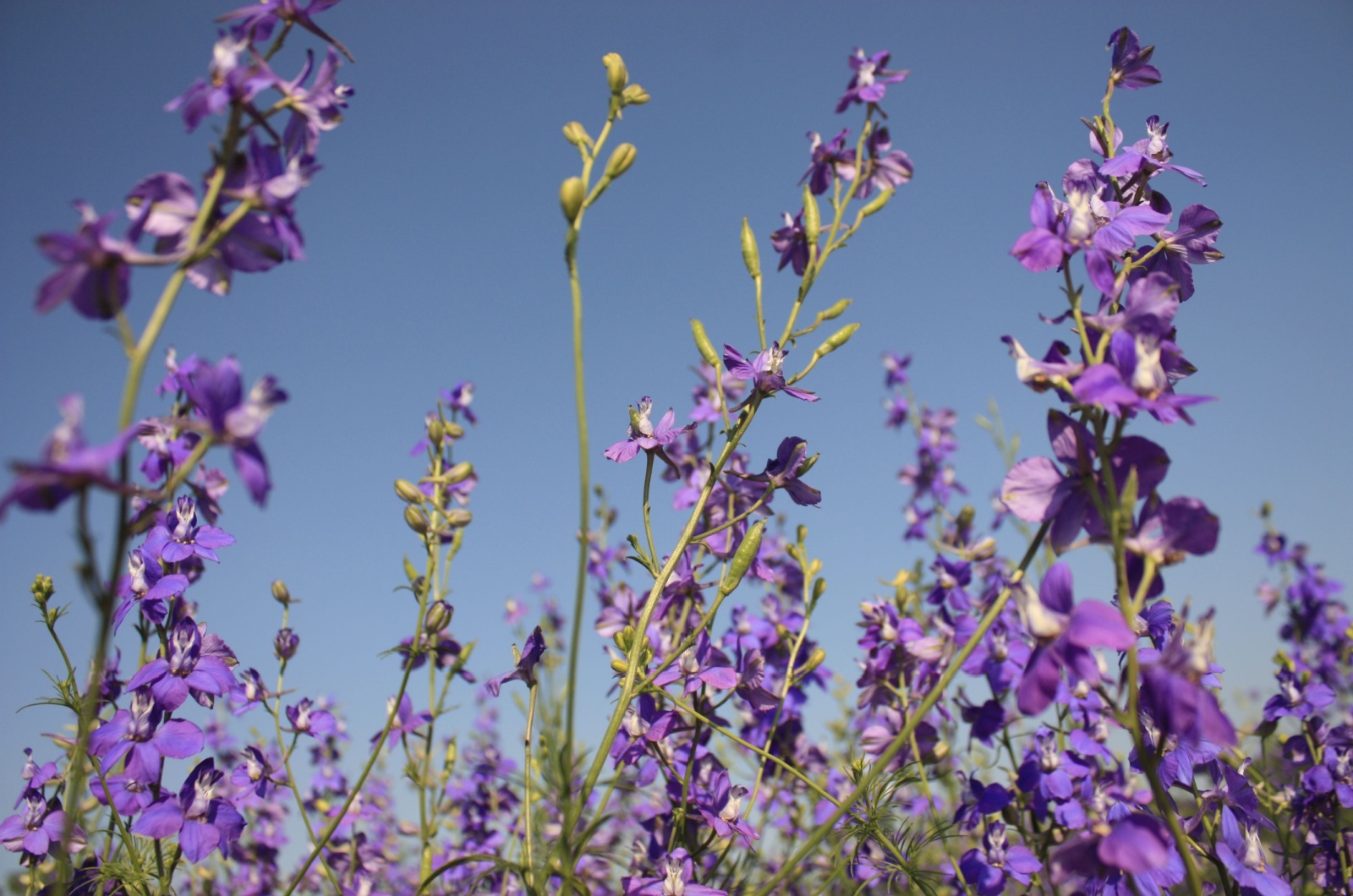Nothing adds the WOW factor to a yard better than the towering blossoms of delphinium plants, and late spring is typically reserved for their display.
However, they’ll reward you with another set of blooms if you take good care of them after the first flowers fade.
What exactly does good care mean for delphiniums? I’ve tested a few different methods over the years but there’s one that always works!
Eager to learn which? Don’t worry, we’ll come to that pretty soon. But before we do, there’s one crucial thing to do…
First, Know Your Variety
Blue and deep purple towering blossoms are sort of a trademark of delphinium plants. However, there are numerous varieties of these plants and they come in various colors.
But color doesn’t really matter (I know, they all look stunning). What actually matters is the type of delphinium you have. There are perennial, annual, and biennial varieties and the care requirements differ for each type.
So, before you take any further steps, make sure you determine what variety you own. Luckily, plant apps, social media groups, and pro gardeners can help you with this.
Once you get this part done, let’s see what you need to do!
If You Have Perennial Delphiniums, This Is How You Care For Them
You should know that even if you have perennial species, you can’t expect your delphiniums to live longer than 5 years. We call them short-living perennials because they die back in fall and come back the next spring.
Blue Dawn and Spindrift are probably the two most famous varieties, and you’ll find them in most English cottage gardens.
Their bright bluish-purple blossoms and green foliage add a special touch of beauty to garden borders.
The blooming season typically lasts for a month and a half. Here in Florida, they send the first set of blooms around June and July.
You may see the blossoms earlier or later, depending on your hardiness zone.
By cutting back your delphiniums and deadheading the blossoms regularly, you’ll be rewarded with another set of blooms. This typically occurs in August and September, but again, it mainly depends on your climate.
You’ll need a sharp and clean pair of scissors to cut back your delphiniums. Once most of the blossoms fall off, remove the stems down to the base of your delphinium plants.
Remember that your goal isn’t just to promote second flowering, but also to encourage the plants to come back the next year. This is why I feed my delphiniums through spring and summer with an organic all-purpose fertilizer.
Oh, and don’t toss away the stems; the dry blooms will look amazing in floral arrangements!
If you want to expand your perennial delphinium collection, simply divide each plant into a few clumps once the spring arrives!
And Use These Tips For Biennial And Annual Delphiniums!
Two years ago, I got the lovely Delphinium requienii variety. Honestly, I thought it was a perennial because it bloomed last year. Well, it died back in the fall and didn’t come back this spring. I learned it’s a biennial variety.
There are also annual varieties, which complete their life cycle within a year and won’t be back next season.
Why grow these if you have varieties that last longer? Pollinators adore annual and biennial delphiniums and I’ve never had more beneficial creatures in my garden than in the last year.
So, what should you do with these two types of delphiniums once they finish flowering? I don’t recommend cutting them back or deadheading. I simply enjoy the bloom display for as long as it lasts!
You don’t have to dispose of all the plants; leave a stem or two and allow the flowers to set seeds, collect them, and store them in a cool and dry place.
As soon as spring arrives, you can sow the seeds and enjoy the magical delphinium bloom display again!
With these tried-and-true techniques, your garden will look absolutely stunning and be full of the incomparable towering blossoms of healthy and happy delphiniums!




